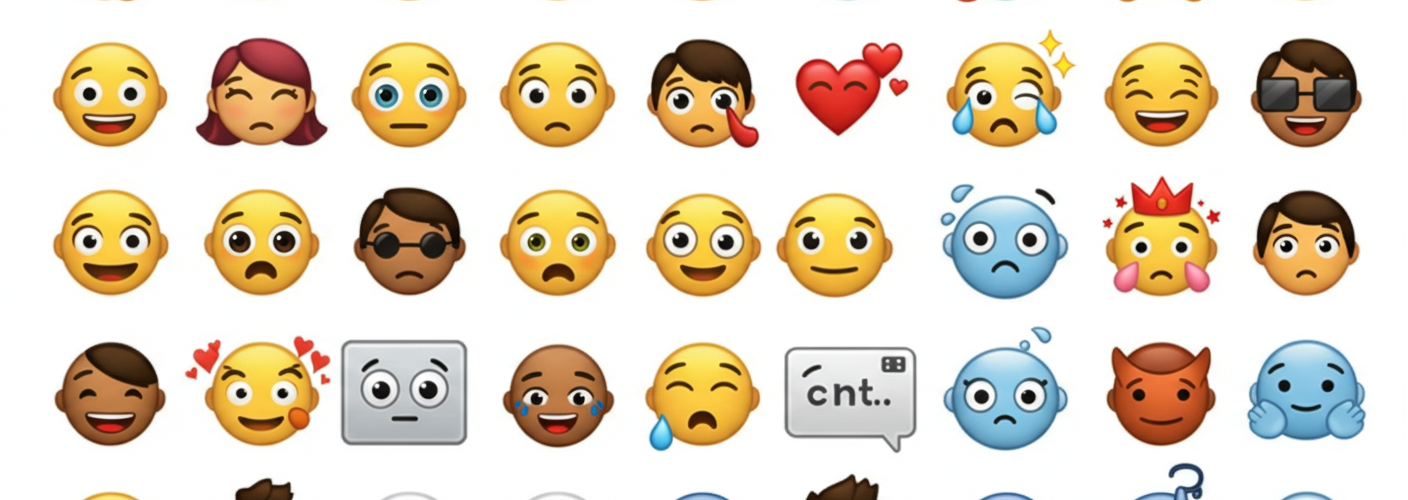In the ever-evolving landscape of operating systems, Microsoft continues to impress with its frequent updates and new features. Recently, users of Windows 11 Insider Builds have noticed an intriguing addition: the Emoji 16.0 update included in the 24H2 version. This update introduces several new symbols that reflect contemporary culture and communication, including the “face with bags under eyes,” “fingerprint,” and “leafless tree” emojis. While these changes may seem trivial to some, they can significantly enhance user expression and digital conversations.
One of the primary concerns surrounding this update is its visibility and accessibility. Despite being part of the emoji set, many users are finding that these new emojis do not immediately appear in the standard emoji selection screen activated by pressing Windows + ‘. This absence raises questions about the functionality of these emojis within the operating system. Despite this limitation, the emojis are emerging correctly on various websites, replacing the traditional rectangle placeholders. This inconsistency prompts a critical evaluation of the update’s usability and integration.
Emojis have become an integral part of modern communication, allowing individuals to convey emotions, reactions, and ideas succinctly. As our digital interactions grow, the demand for diverse and inclusive symbols continues to rise. The arrival of emojis that reflect our everyday experiences, such as the “face with bags under eyes,” resonates with many, encapsulating the fatigue or overwhelming sensations that users may often feel. Similarly, the “fingerprint” emoji could touch on themes of identity and personalization in an increasingly digital world. The “leafless tree” emoji, although more abstract, signifies change, transition, or even seasons—concepts that might resonate deeply with users across different contexts.
However, the update is not without its detractors. Some users express dissatisfaction with the inconsistency of emoji visibility across platforms. The fact that new emojis are readily available on websites while still lagging in the Windows interface can create a fragmented experience that undermines the intention behind these updates. For many, it’s essential for digital expressions to be universal and seamless across applications and environments. The unpredictability of how emojis appear can hinder effective communication, which is counterproductive when the goal is to enhance the user’s ability to express themselves.
The ongoing discussions among Windows 11 users reflect a mix of optimism and critical observation. On one hand, the introduction of new emojis is seen as a step towards a more vibrant and inclusive digital language. On the other, the user experience and interface must accompany these advancements to ensure that they meet users’ needs.
As Microsoft continues to refine Windows 11, it will be crucial for them to address these points of contention. Enhancements like the Emoji 16.0 update signify a commitment to evolving user experiences; however, ensuring smooth integration into the primary operating system interface is paramount. Ultimately, how users respond to these updates will shape the future of emoji use within Windows, significantly influencing how we communicate in this digital age. With ongoing feedback, Microsoft has the opportunity to take valuable insights and refine their offerings further, fostering an environment that champions both innovation and usability.





Add comment